 Thanks Laura for the message: Freedom belongs to those who seek truth with courage. Best wishes to you. Kai Chen
Thanks Laura for the message: Freedom belongs to those who seek truth with courage. Best wishes to you. Kai Chen -------------------------------------------------------
The Story of Passover - the Story about Freedom
让我的人们自由
Link to the story of Passover:
http://www.youtube.com/watch?v=B2ePd43aon8
Exodus -- Moses: "Let my people go." This is the story about Freedom. That day will come for the Chinese as well. But first the Chinese people must value truth , freedom, dignity and justice. --- Kai Chen

Sent: 4/2/2010 1:30:12 P.M. Pacific Daylight Time
Subj: Greetings from Laura Crockett
Dear Kai Chen,
The holidays associated with spring express our looking forward to growth, both inner, that is personal, and without.
I love the story of Passover because it tells the tale of individuals that expressed their inner growth proactively. It wasn't enough for these Children of Israel to yearn for their liberty. They had to risk their lives by taking action against a very powerful king. I think of Passover as one of the first stories in our American consciousness that lays out a blueprint for the overcoming of tyranny while it give us the message to take our destinies into our own hands.
Passover is also the jumping off point for the Christian Easter. Every year I choose an image that represents my own thoughts on the holy day. This year it is Thomas Cole's painting titled The Cross and the World Study for the Pilgrim of the World On His Journey. It was painted between 1846 - 1848.
The cross is in the upper left-hand corner, partially hidden by some clouds. The pilgrim is centered. In gazing at this painting I see several ways to interpret it. The bright light, and this is my own personal view, is the Light of God. From the point of view of the Light, the cross is to its right. Did Cole purposely place "on the right hand of God" the symbol of the Son of God? But why is there such a distance between the Light and the Son? And what do the dark clouds between them symbolize?
On the ground, what is that heaven-like space the pilgrim is entering? Is it a transition place? A final destination? What is inside the building? Why does the forest in the foreground look different than the forest in the background right? And what could that statue be and the people around it? Are they dancing?
You can click on the image to take you to a larger version so that you can study the details if you are so inclined.
Enjoy the season!
Laura
------------------------------------------------
The Story of Passover
About 3000 years ago the Israelites were enslaved by the Egyptians under the rule of the Pharaoh Ramses II. According to the Book of Exodus - Moses, a simple Jewish shepherd, was instructed by G-d to go to the pharaoh and demand the freedom of his people
Moses' plea of let my people go was ignored. Moses warned the Pharaoh that G-d would send severe punishments to the people of Egypt if the Israelites were not freed. Again the Pharaoh ignored Moses' request of freedom. In response G-d unleashed a series of 10 terrible plagues on the people of Egypt
1.Blood
2.Frogs
3.Lice (vermin)
4.Wild Beasts(flies)
5.Blight (Cattle Disease)
6.Boils
7.Hail
8.Locusts
9.Darkness
10.Slaying of the First Born
The holiday's name - Pesach, meaning "passing over" or "protection" in Hebrew, is derived from the instructions given to Moses by G-d . In order to encourage the Pharaoh to free the Israelites, G-d intended to kill the first-born of both man and beast. To protect themselves, the Israelites were told to mark their dwellings with lamb's blood so that G-d could identify and "pass over" their homes
The Pharaoh was unconvinced and refused to free the Jewish slaves
Until the last plague
When the Pharaoh finally agreed to freedom, the Israelites left their homes so quickly that there wasn't even time to bake their breads. So they packed the raw dough to take with them on their journey. As they fled through the desert they would quickly bake the dough in the hot sun into hard crackers called matzohs. Today to commemorate this event, Jews eat matzoh in place of bread during Passover
Though the Jews were now free, their liberation was incomplete. The Pharaoh's army chased them through the desert towards the Red Sea. When the Jews reached the sea they were trapped, since the sea blocked their escape
It was then that a miracle occurred. The waves of the Red Sea parted and the Israelites were able to cross to the other side. As soon as they all reached the other side the sea closed trapping the Pharaoh's army as the waves closed upon them
Then as the Israelites watched the waters of the Red Sea sweep away the Pharaoh's army they realized they were finally free
Passover celebrates this history. The first 2 nights of the 8 day holiday are celebrated with lavish meals called Seders in which the stories and history of Passover are celebrated. Special foods, plates, silverware are all a part of the Seder....






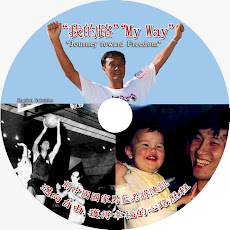


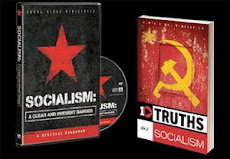




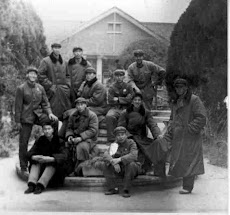


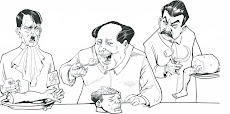
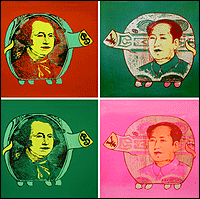
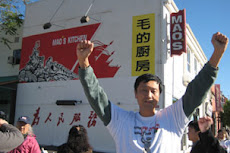


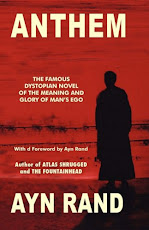










No comments:
Post a Comment